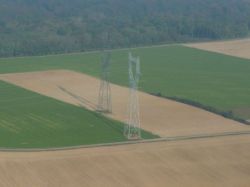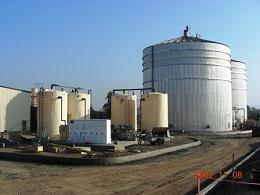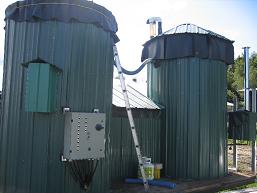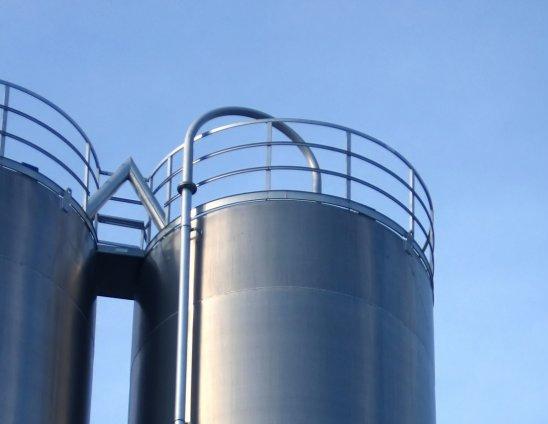http://www.residentialrecyclingconference.com/speakers.html
Preliminary Speaker Roster
Speakers and topics subject to change. Visit this site often for the latest updates.
Gaétan Bolduc, National Sales Manager
Labrie Environmental Group
SESSION: Curb Your Recyclables: A Review of Collection Issues
Susan Collins, Executive Director
Container Recycling Institute
SESSION: Global Lessons for the U.S.
John Culbertson, Vice President
Mid Atlantic Waste Consultants
SESSION: When A Ton Isn't A Ton: Evaluating Waste Streams Part II
Walt Davenport, Principal
Mid Atlantic Waste Consultants
SESSION: When A Ton Isn't A Ton: Evaluating Waste Streams Part II
Pat DeRueda, President
WM Recycle America, Waste Management Inc.
SESSION: When a Ton Isn't a Ton: Evaluating Waste Streams Part I
Anthony DiIenno, Vice President, National Sales and Marketing
Smurfit-Stone Recycling Division
SESSION: Get Real About Recycling Goals
Susan Eppes, President
EST Solutions Inc.
SESSION: Recycling Safety: Better Safe Than Sorry
Ron Gonen, Co-Founder and Chief Executive Officer
Recycle Bank
SESSION: It Starts at Home: Increasing Community Participation Rates
Mark Harvey, National Account Mgr
Cascade Cart Solutions
SESSION: It Starts at Home: Increasing Community Participation Rates
Scott Jable, Midwest Regional Mgr
Van Dyk Baler Corp
SESSION: Global Lessons for the U.S.
Beth Lang, Strategic Services Mgr
City of Naperville
SESSION: Keeping Score: Measuring Your Recycling Program's Success
Greg Maxwell, Senior Vice President
Resource Management
SESSION: The Greatest Lies Ever Told
Stephen Milford, Director of Finance
City of Gulf Breeze, Florida
SESSION: Keeping Score: Measuring Your Recycling Program's Success
Chaz Miller, Director
National Solid Wastes Management Association
SESSION: New Laws Impacting Your Business
Steve Miller, President
Bulk Handling Systems
SESSION: Curb Your Recyclables: Collection Issues & New Technology
William Moore, Founder
Moore & Associates
SESSION: The Commodity Market Roller Coaster
Devin Moose, Business Line Manager
The Shaw Group
SESSION: What Do I Hear For This RFP?
Michele Nestor, President
Nestor Resources, Inc.
SESSION: What Do I Hear For This RFP?
Rafael Reyes, Manager, Total Resource Management Services
Geocycle US
SESSION: Consider the Alternative
Vincent Sferrazza, Director of Policy & Planning, Solid Waste Mgmt Svcs
City of Toronto, Ontario Canada
SESSION: Get Real About Recycling Goals
Dennis Soriano, Chief Operating Officer
Greenstar North America
SESSION: Curb Your Recyclables: Collection Issues & New Technology
Steve Thompson, Program Director, Curbside
Value Partnership, Keep America Beautiful
SESSION: It Starts at Home: Increasing Community Participation Rates
Michele Thornhill, Vice President and General Manager
SP Recycling Corp.
SESSION: The Commodity Market Roller Coaster
Peter Wang, Chief Executive Officer
America Chung Nam Inc.
SESSION: The Commodity Market Roller Coaster




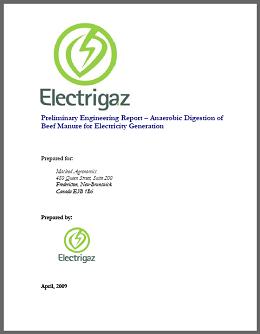








 Tanga. In 1993, an engineer with the then Tanzania Sisal Authority (TSA), Mr Gilead Kissaka teemed up with Mr Anael Kimaro, the person considered to be the godfather of biogas technology in Tanzania, to set out a trial of producing electricity from sisal waste.
Tanga. In 1993, an engineer with the then Tanzania Sisal Authority (TSA), Mr Gilead Kissaka teemed up with Mr Anael Kimaro, the person considered to be the godfather of biogas technology in Tanzania, to set out a trial of producing electricity from sisal waste.
